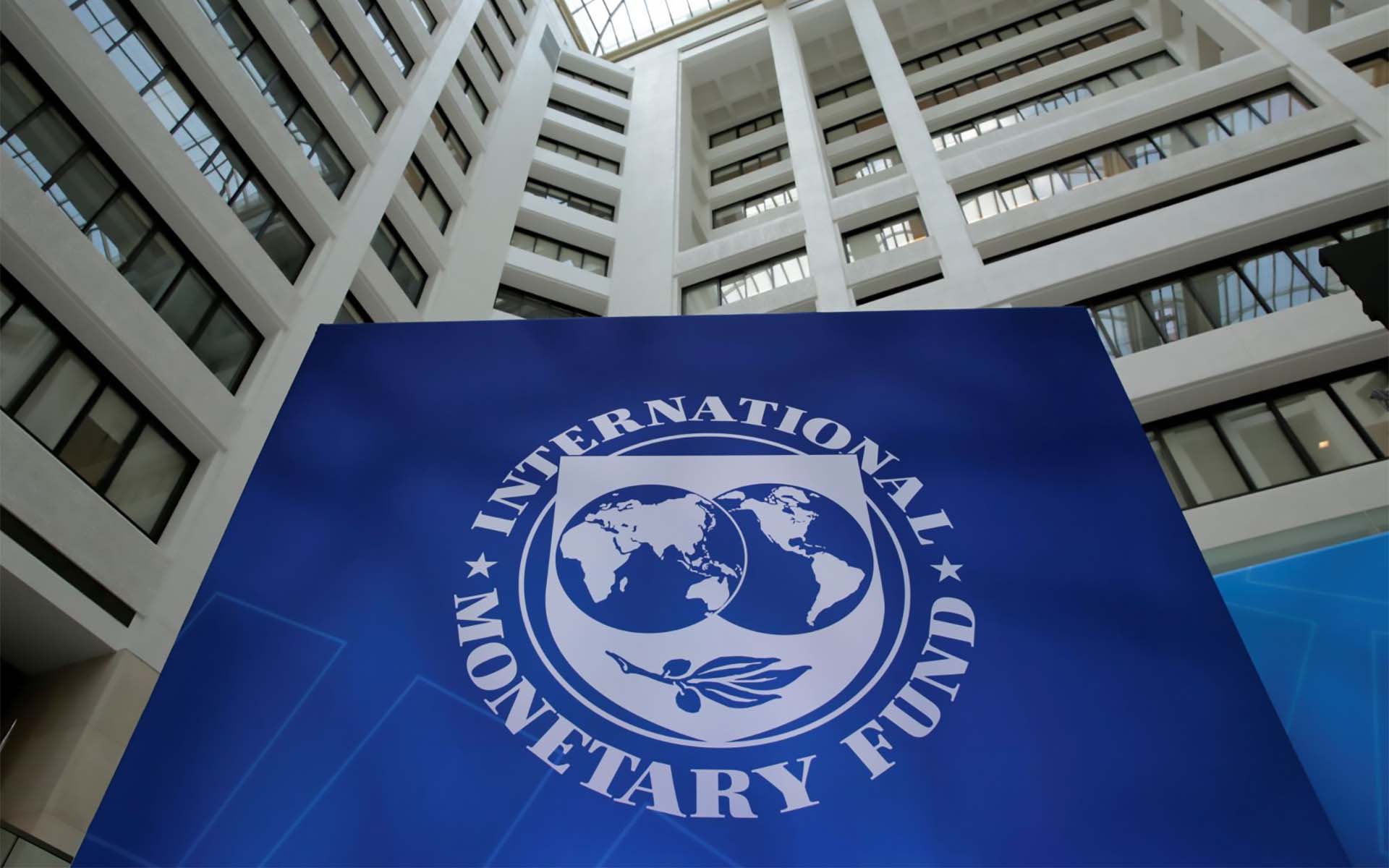The International Monetary Fund (IMF) has reclassified India’s de facto exchange rate regime from “floating” to “stabilized arrangement” for the period December 2022 to October 2023. This shift comes after an Article IV review, where the IMF staff diverged from Indian authorities’ perspective on exchange rate stability.
Exchange Rate Dynamics
- Over the past two years, the rupee-dollar exchange rate exhibited significant movement, depreciating by approximately 15% between December 2019 and November 2022.
- Improved domestic macroeconomic stability, bolstered by tightened monetary policy, attracted capital inflows over the past year.
- During December 2022–October 2023, the rupee-dollar exchange rate remained within a narrow range, suggesting that foreign exchange interventions might have exceeded levels required for disorderly market conditions.
IMF’s Observations and Disagreements
- The IMF staff disagreed with the Indian authorities’ perspective that exchange rate stability reflects improvements in India’s external position. The Reserve Bank of India (RBI) strongly contends that such a view is “incorrect” and “unjustified.”
- The RBI, according to the report, utilizes foreign exchange to cushion external shocks, manage market volatility, prevent disorderly market conditions, and opportunistically replenish foreign exchange reserves.
- The Executive Board noted the divergence of views and encouraged continued staff engagement on the issue. Some Directors explicitly supported the authorities’ stance on exchange rate stability.
Growth Outlook and Reforms
- The IMF highlighted that India’s potential growth rate is significantly higher if reform initiatives are accelerated. The country’s growth is expected to remain robust.
- Projected real GDP growth is at 6.3% in FY2023/24 and FY2024/25, supported by macroeconomic and financial stability.
- Headline inflation is expected to gradually decline to the target, and the current account deficit is anticipated to improve to 1.8% of GDP in FY2023/24.
IMF’s Recommendations
- India holds the potential for even higher growth, particularly with increased contributions from labor and human capital, contingent upon comprehensive reform implementation.
- The disagreement between the IMF staff and Indian authorities calls for continued engagement to resolve differences on the exchange rate regime.
Questions Related to Exams
Q: Why did the IMF reclassify India’s exchange rate regime?
A: The IMF reclassified India’s exchange rate from “floating” to “stabilized arrangement” for Dec 2022-Oct 2023 due to observed stability, prompting disagreements with Indian authorities.
Q: What led to the disagreement between the IMF and Indian authorities?
A: Disagreement arose over the reasons for exchange rate stability. While India attributed it to external improvements, the IMF contested this view, resulting in a classification dispute.
Q: What are the key points in India’s economic landscape according to the IMF?
A: The IMF projects robust growth at 6.3% in FY2023/24, emphasizing the potential for even higher growth with accelerated reforms. Disagreements notwithstanding, ongoing dialogue is recommended to reconcile differences on the exchange rate regime.




 Net FDI Inflows Fell 98% in May 2025 – R...
Net FDI Inflows Fell 98% in May 2025 – R...
 Fastest-Growing Economy in the World? In...
Fastest-Growing Economy in the World? In...
 India Ratings & Research Cuts India’...
India Ratings & Research Cuts India’...

